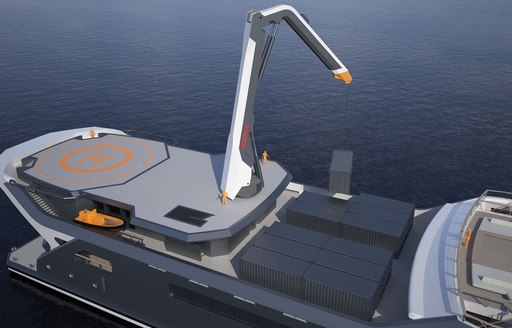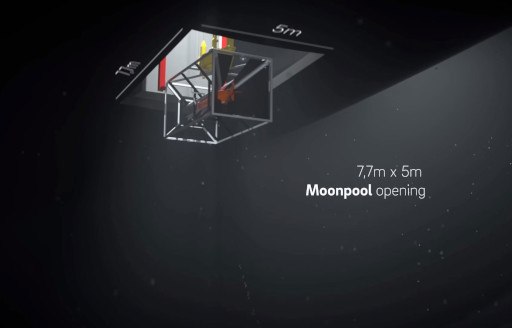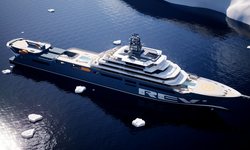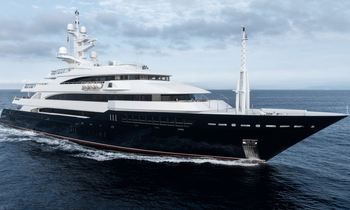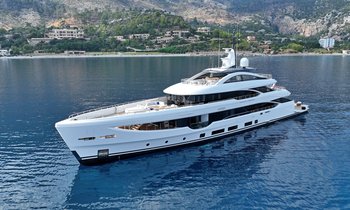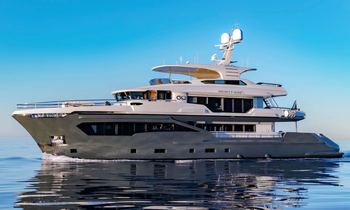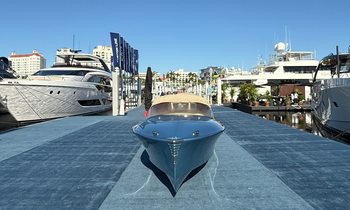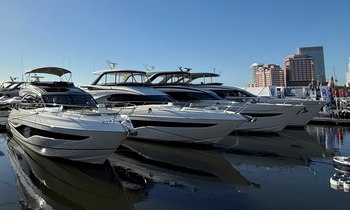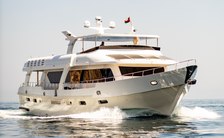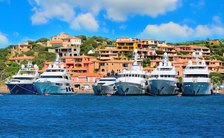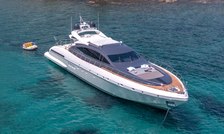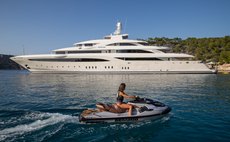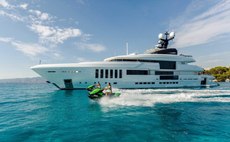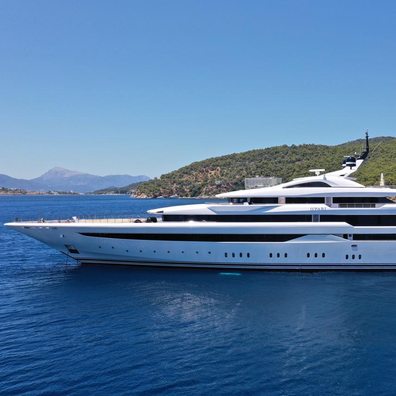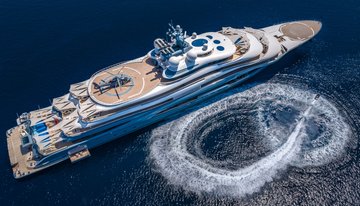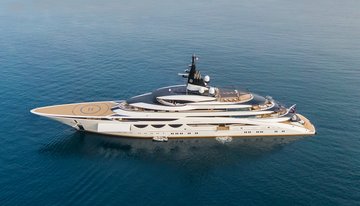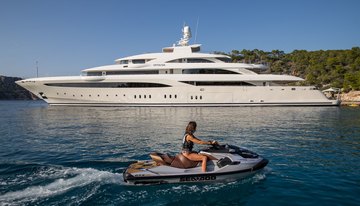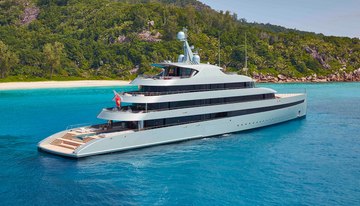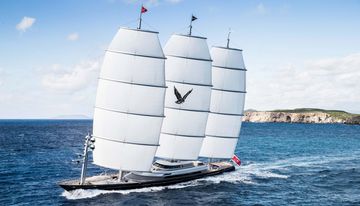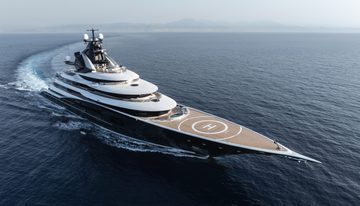Pioneered as an oceanographic research platform, the 183m/600ft expedition yacht REV has six on-board laboratories, an auditorium and the capacity to generate energy from ocean waste. On a yacht with so much on-board technology, how do you balance form and function? YachtCharterFleet speaks to Jonny Horsfield, founder of H2 Yacht Design, to find out more about his work on REV.
Currently in the final stages of construction, REV is a superyacht of the future. When delivered in 2021, she will become the largest yacht in the world and knock the 180m/593ft superyacht AZZAM from the top spot.
But unlike her predecessor, REV won't be a floating palace dedicated to luxury living. She will be primarily an ocean research and expedition vessel, capable of complete autonomy at sea for 114 days and equipped with cutting-edge technology designed to investigate issues including climate change, overfishing and plastic pollution.
She will be available for private yacht charters in some of the most remote regions on earth, and income from any chartered activity will help fund REV's research operations.
Tasked with the interior styling of this mammoth megayacht is London-based superyacht design studio H2. Helming the project is Jonny Horsfield, and YachtCharterFleet were keen to hear his insights into designing the largest yacht in the world.
It is now my challenge to deliver a new kind of interior that is fit for the demands of its purpose, one that is holistic in its requirement to connect to the environment around it, and establish a new way of thinking to a project that has no precedent.
A 'flexible, functional yet hopefully calming interior' is what H2 set out to bring the owners of REV.
The yacht will be able to host up to 28 guests on a private yacht charter and up to 60 scientists on research expeditions.
Among her incredible features, she will have the unique capacity to collect and generate energy from 5 tonnes of ocean plastics per day and she will be able to deploy remotely-operated submersibles to depths of 6,000m (almost 4 miles) below sea level.
Have you faced any challenges incorporating all of these cutting-edge technical facilities on boad REV?
Nearly every aspect of the design and build process is challenging since there is no other vessel of this kind in the world, and such extensive customization always presents challenges.
REV Ocean incorporates so many technical capabilities, that even with its substantial size, it was difficult (and still is) to fit [in] all the equipment in a way that also allows safety, practicality and ease of movement, particularly in the open hanger area. Efficiently moving researchers around the ship from the labs on deck 1 to the uppermost observation deck and various areas in between [has been a challenge].
REV is, of course, primarily a research platform. Can you tell me about how you've managed to strike a balance between luxury and function?
The lower decks of the vessel are reserved for research and science applications. There will be a combination of simple yet comfortable accommodation, eating areas, meeting rooms and a large array of laboratories (wet lab, dry lab, ecotoxicology lab, etc).
This part of the vessel was designed to take into account modern ocean research needs and provide technology and facilities that scientists would expect [on board] a state of-the-art research vessel. Upper decks consist of accommodation, restaurants and lounge areas for [charter guests] who will rent the entire vessel or participate in expeditions together with scientists.
Can you tell us a bit about the overall interior theme of REV?
She has been designed towards a more industrial look but with a Scandinavian minimalist approach to the [details]. All the materials are simple, basic materials like concrete, wood, metal and stone.
The materials for the interior had to be fully SOLAS approved before we started so we could not indulge ourselves with testing non-approved materials. They also had to be cost-effective and if possible from sustainable and renewable sources. Easy!
The design elements are therefore more suited to the expedition yachting community.
REV isn't your first explorer vessel- will REV have any similarities to your other projects- ANDROMEDA (ex ULYSSES) for example?
107m/352ft motor yacht ANDROMEDA is both a substantially smaller vessel and did not carry scientific equipment onboard unlike REV Ocean. While Andromeda is an expedition ship which allows [guests] to go to unique and difficult-to-access parts of the world, it was never designed to do core science research as REV Ocean will.
The design elements are therefore more suited to the expedition yachting community. However, they do share a very similar construction technique more in keeping with the commercial shipbuilding industry, a process that allows us to save time and cost.
Pictured above: ANDROMEDA
What's your favourite feature onboard REV?
I love the observation deck, which is important for anyone coming on-board, and serves as an amazing viewing area for both researchers and [charter guests]. The central Atrium is also something that you would not expect on such a vessel.
Interview has been edited for length and clarity.
If you'd like to know more about REV's unique selection of features, you can read our article; 8 of the best features on board REV.
If you are interested in learning more about chartering REV when she is complete, please get in touch with your preferred yacht charter broker.
RELATED STORIES
EDITOR'S PICK



